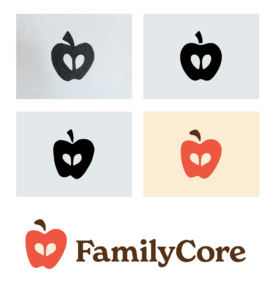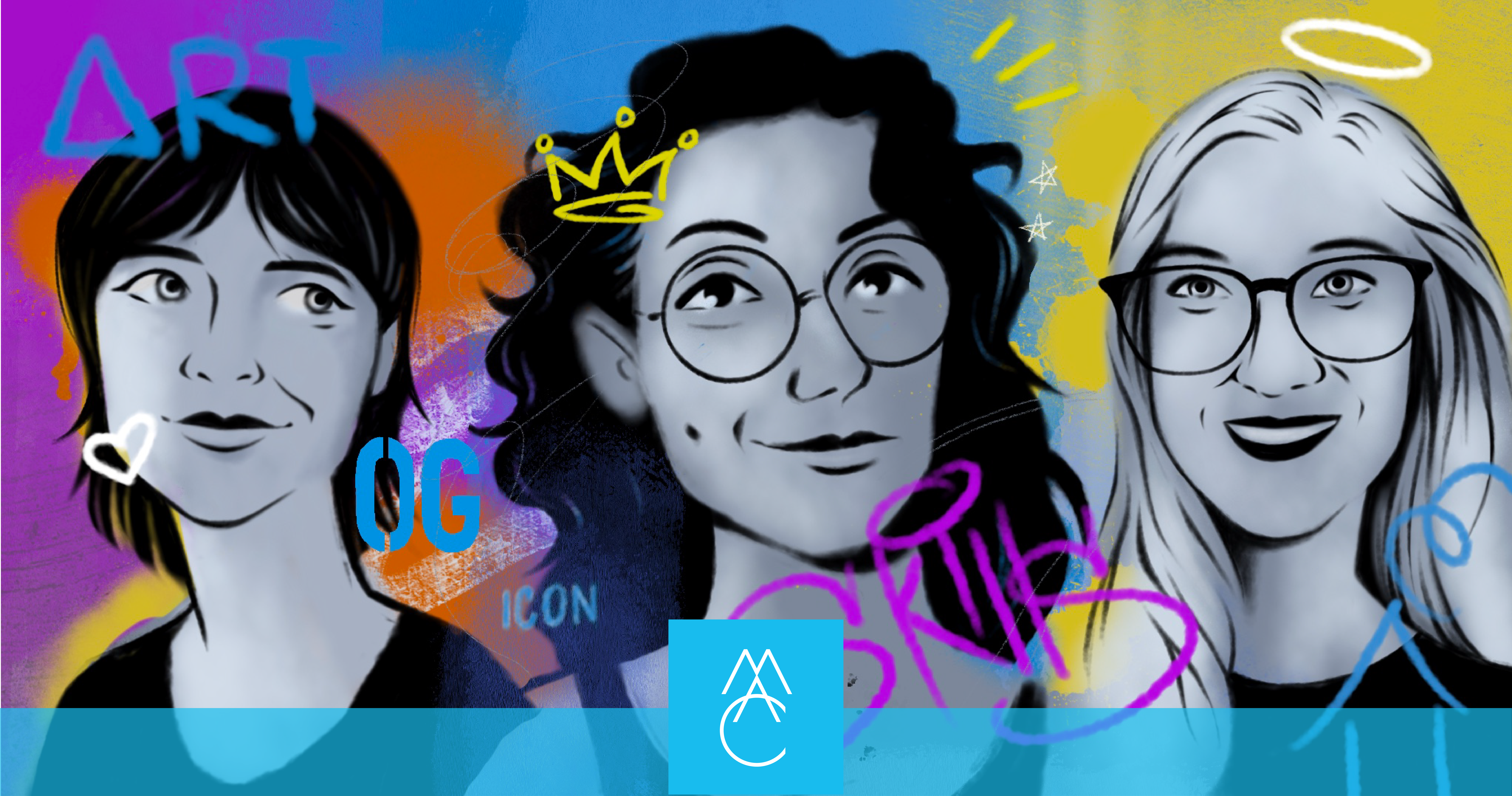
From Concept to Creation: How MAC Designers Bring Brands to Life
Here at MAC, research is the heart behind the designs we create for our clients. Our team of designers know how to take loose ideas and translate them into a cohesive visual representation of each organization’s core identity. Put simply: they have the power to make memorable, eye-catching designs that represent each brand’s unique values.
Brand design is a pretty important component to an organization’s public image and perception. It’s fun to learn about, too. So we wanted to share how some of the designers at MAC approach this process by asking them directly.
Throughout this article you’ll learn how MAC designers Deann Garcia, Emma Palin, and Anna Geffen tackle brand design, overcome challenges within the creative process, and how they ended up where they are today.
Here’s what they said.
Q: How did you know that you wanted to become a graphic designer?
Deann: “I was a swimmer in college. When I got injured and I couldn’t swim anymore my second year, I didn’t know who I was or what I was doing. I was having an identity crisis. My mom gave me a “finding your natural giftings” pamphlet, with a little quiz at the end of the book. I tallied up my scores at the end, and it said I should be a graphic designer. I didn’t even know what that was. So I transferred to OSU with zero graphic design experience. I worked really hard. I started as the worst designer. By the end, I finished as one of the best in the class. I find it appealing that there is no right answer in design. There are hundreds of right answers, all focused around constant improvement. Design feels really rich.”
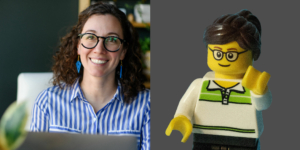
Deann Garcia, Art Director, and her LEGO look-alike
Emma: “Ever since I was a little kid I have always really loved art. I went to an arts magnet middle school, which helped me start thinking about art as a part of my identity. In my sophomore year of highschool I took a graphic design class, which introduced me to Adobe. I took both levels of graphic design classes in highschool. That was really helpful for solidifying the fact that I really like doing it. I started college in the graphic design program and never questioned it.”
Anna: “I feel like I am a very visual person. There is definitely an element of translation that happens when someone has an idea and then you see the tangible idea come to life on paper. Problem solving a lack of communication or clear vision is exciting, you sometimes have to decipher how to deliver what the client wants. I feel kind of pulled to do it.”
Q: What gives you inspiration?
Emma: “It could vary a lot from project to project. If I’m looking for direct inspiration I could look at Dribbble or Pinterest if I am searching for a logo concept. But honestly it’s not uncommon for me to just find inspiration while I’m out in the world, walking or driving around. Seeing graphics in places, or even seeing something and thinking, ‘I could make a logo out of that.’
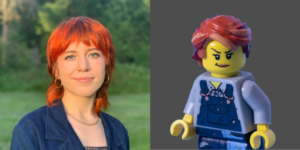
Emma Palin, Designer, and her LEGO look-alike
Deann: “I’ve always been a polymath, someone who is into many things. I have a thousand different interests. I want to learn everything there is to learn in the world. I don’t tend to get information from one source, but just from everything. I’m always moving onto the next thing that interests me.”
Q: What is MAC’s process like for creating brand designs?
Anna: “I’d say that the structure that we have at MAC starts with really understanding the client, the stakeholders, and who the project is for. It’s understanding who these people are that we are working with, but it’s also who they are targeting. Is this project going to be geared towards a certain demographic? Or a certain location?”
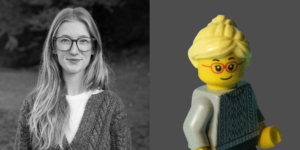
Anna Geffen, Designer, and her LEGO look-alike
Deann: “I really appreciate the methodical way the studio figures out everything that the client needs before the designers jump in. It never feels like we’re wandering in the wilderness. I love the team work element. I can work with them and trust them, everyone here knows what they are doing. There is a tremendous amount of trust. I know what it’s like to work in a team dynamic where one person has to pull all the weight. At MAC, it’s not like that.”
Q: How do you create high quality work when you aren’t feeling creative?
Emma: “That’s an ever-present question. Sometimes you just have to push past that creative block and put anything down on the page. That’s the thing with being a designer, you’re not feeling inspired everyday with everything you’re trying to put together. Talking to other people helps me a lot. I find it really helpful when I have other designers that I can run my ideas by. I may think that I’ve thought about something from every angle, but then you’ll show it to someone new and they’ve got other ideas for how you could pursue a concept that you didn’t even think about.”
Anna: “You kind of just have to work through it. It’s really nice at MAC, with a handful of designers you can talk with each other and work off of each other, talk with each other to get out of a rut. But sometimes it’s just a matter of getting out all of the bad ideas, even if it’s terrible just get it out and then it will be on the paper, then you can get to the better ideas. You just have to kind of persevere.”
Q: What is the most challenging part of your job?
Deann: “I think it might be figuring out how to tell a story of what you’ve done so that other people can adopt that story. A lot of branding is creating a mark that has meaning within it, then figuring out how to get other people to get on board with that interpretation. You only have like 70% of control in the meaning. Everyone brings their own life experiences to how they interpret different designs. A lot of people don’t understand that branding is not 100% in the designer’s control. If I create a beautiful logo, but it’s tainted by poor company culture, it won’t matter how great my design is. Branding has to be a collaborative effort with the audience you are trying to reach.”
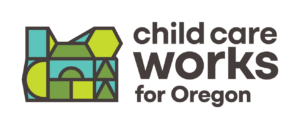
Child Care Works logo design, overseen by Deann.
Q: What is your favorite design you’ve created for MAC?
Emma: “I really love FamilyCore, I feel like that was sort of a turning point for me in my design work. Previously, I hadn’t been the person who created the logo that went out into the world. It was significant in that way, but I also just really loved how it turned out. I really like the process of creating a logo that you can feel good about and that will attract more people.
Q: How do you know when your work is finished?
Anna: “I had a mentor tell me this, and it really resonated: “Done is better than perfect.” So you want to aim for excellence, of course, you want it to be perfect, but at the end of the day, especially in business, it has to be done. You know when a project is done when it feels like you’re checking all the boxes and you feel proud of it, then you have to be like ‘alright, it’s done.”
More Resources
-
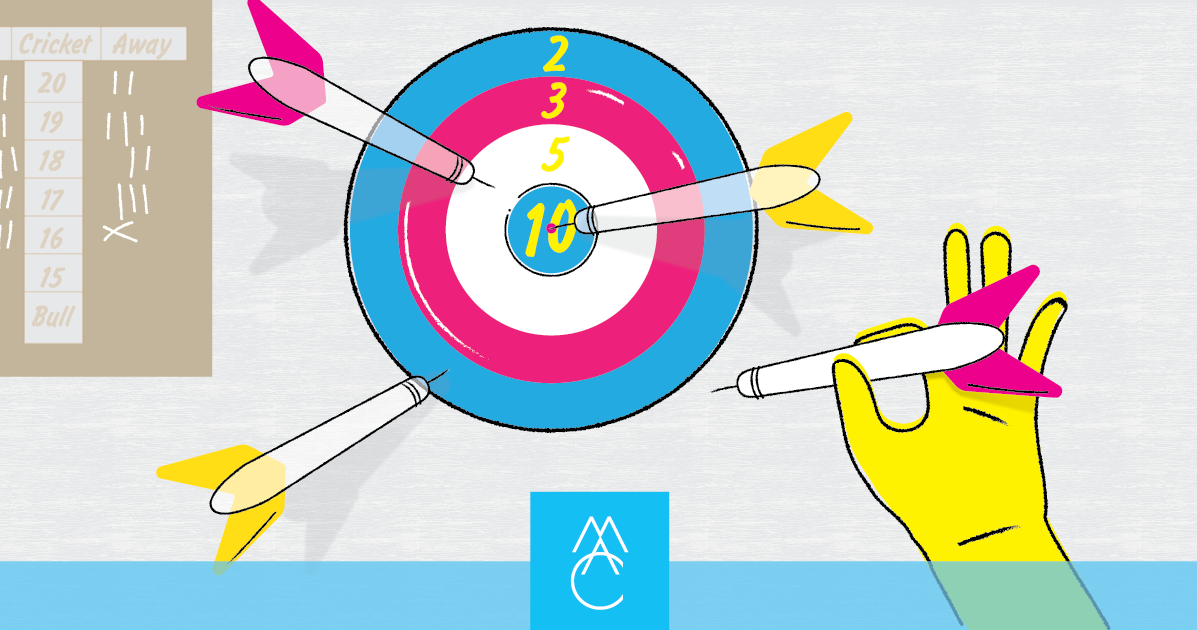
Article
Find the Bullseye With MAC’s Brand Clarity & Messaging WorkshopHow will our organization capture the attention of the people we need to reach? Here at MAC, we’ve developed a...
-
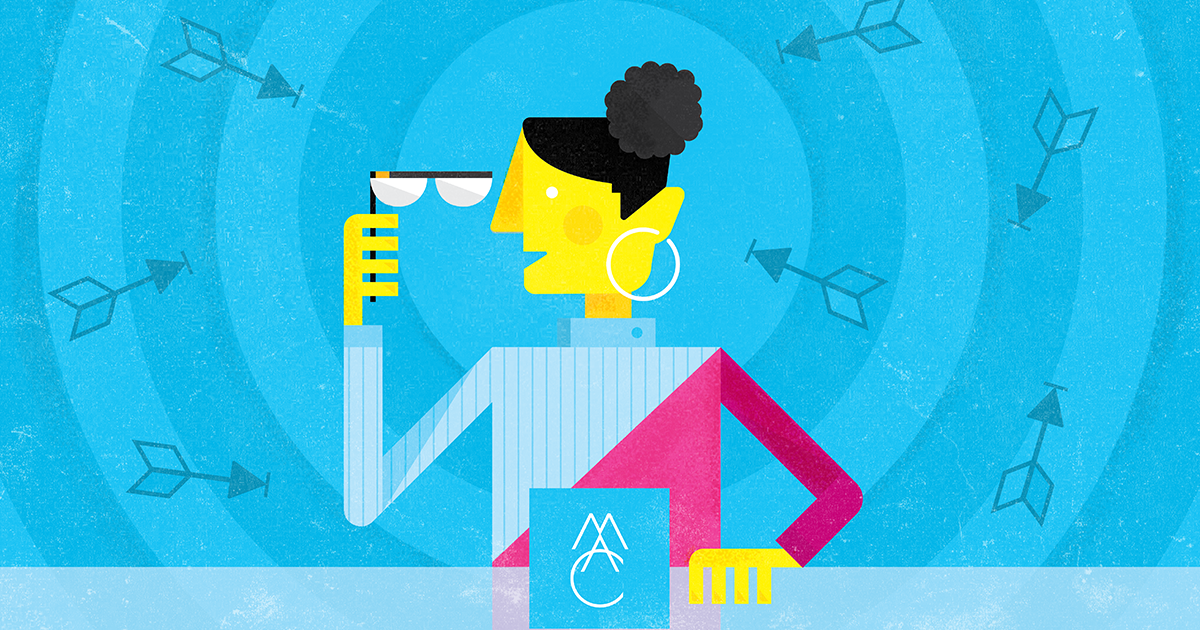
Article
How a good brand speaks to your customers (but not necessarily to you)You are not your target audience. Okay, maybe you are. Maybe you buy all the same shoes you sell. Maybe...
-
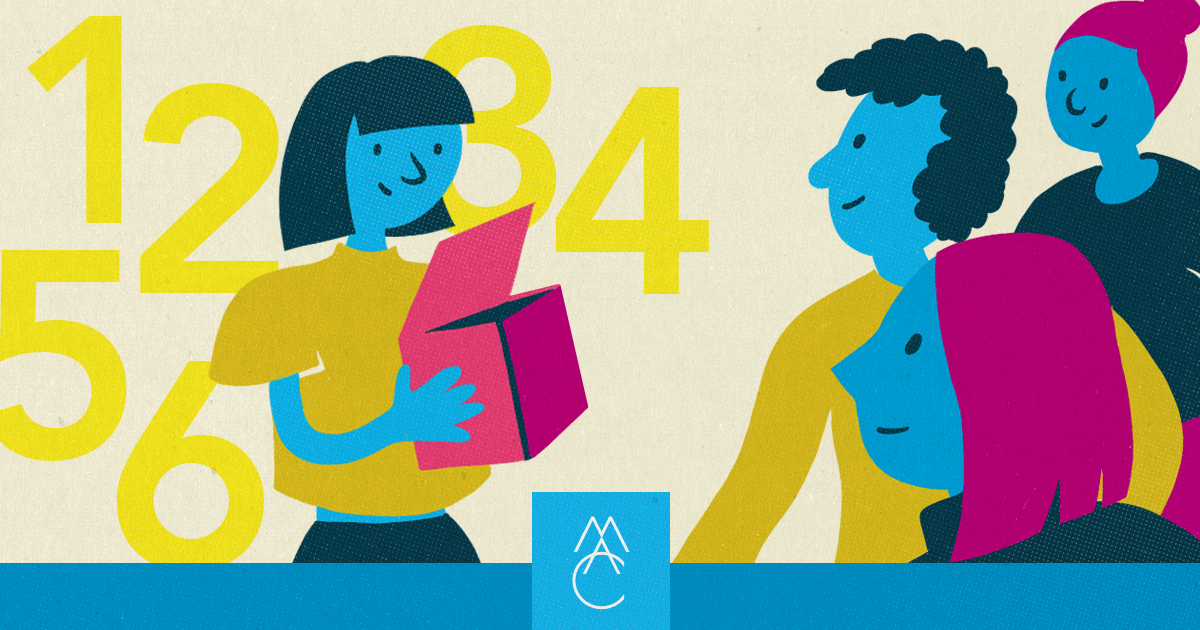
Article
How to Unveil a New Brand Identity (Six Steps for Doing it Right)Picture this: You and your staff have spent the past several months collaborating with a branding design firm to revamp...




